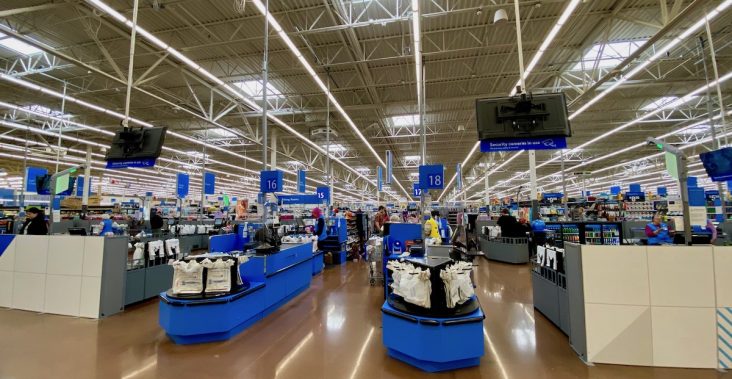U.S. retail sector productivity mixed, hourly pay rises
by June 3, 2024 4:07 pm 306 views

Labor productivity declined 1.6% in wholesale trade and rose 1.6% in retail trade in 2023, according to a recent report from the U.S. Bureau of Labor Statistics. The report also showed that hourly pay in the broad retail sector outpaced productivity gains.
In wholesale trade, productivity fell for a second year in a row after growing annually since 2011. Wholesale trade output grew 0.4% with hours worked growing at a higher rate of 2.1%. Retail trade productivity rebounded in 2023 after having declined in 2022. Retail trade output rose 1.6% while hours declined 0.1%.
Unit labor costs, which reflect the total labor costs required to produce a unit of output, rose 6.4% in wholesale trade and 0.5% in retail trade, noted the BLS report.
The 10 largest retail sectors by number of workers represent 57.8% of all workers in the wholesale and retail trade sectors. Among the 10 industries, productivity growth was greatest in clothing stores at 6.3% after falling slightly in 2022. Gas stations and department stores posted significant productivity declines.
From 1987 to 2023, labor productivity rose 2.4% per year in wholesale trade and 3.1% per year in retail trade. From 1987 to 2023, unit labor costs rose 1.5% per year in wholesale trade and 0.2% per year in retail trade.
Following are other key items in the BLS report.
• Productivity fell 3.2% in durable goods wholesalers and fell 0.6% in nondurable goods wholesalers.
• The highest increase in productivity occurred in motor vehicle and parts merchant wholesalers at 7.1% as output rose at a faster rate (8.4%) than hours worked (1.2%) leading to three years in a row of growth for all three measures.
• The largest retail trade productivity increase was 14.2% in electronic shopping and mail-order houses as output increased 10.2% while hours fell 3.5%. This industry has shown positive productivity growth for nine consecutive years.
• In other general merchandise stores, the second largest retail employer, productivity fell 6% for only the second time since the beginning of the series in 1987. Output in other general merchandise stores dipped 1.4%, and hours rose 4.9% after falling the year before.
• The largest decrease in unit labor costs was in nonstore retailers at 8.6% in which productivity grew 12.3%, more than four times the 2.7% growth rate of hourly compensation.
